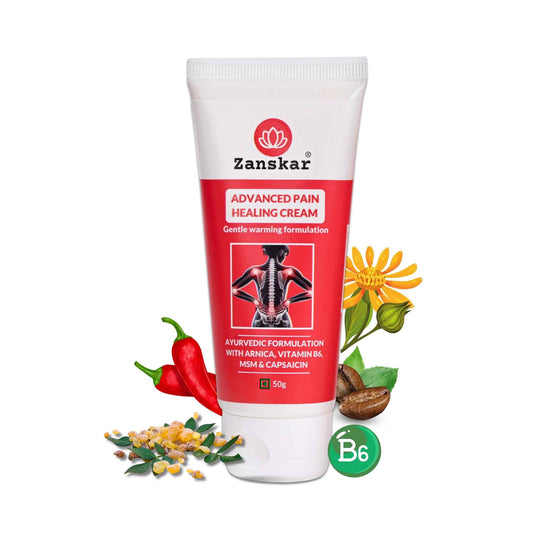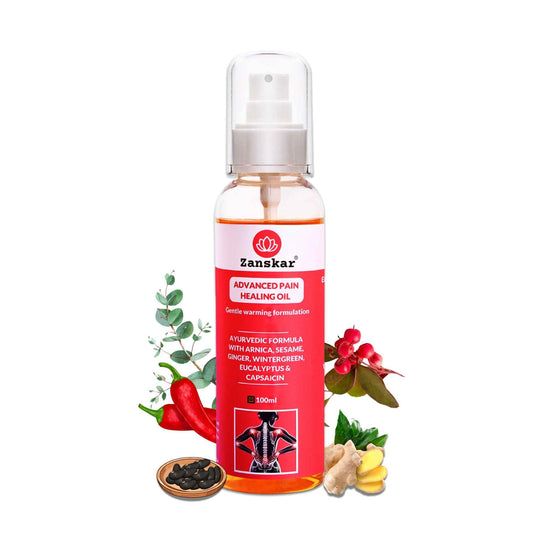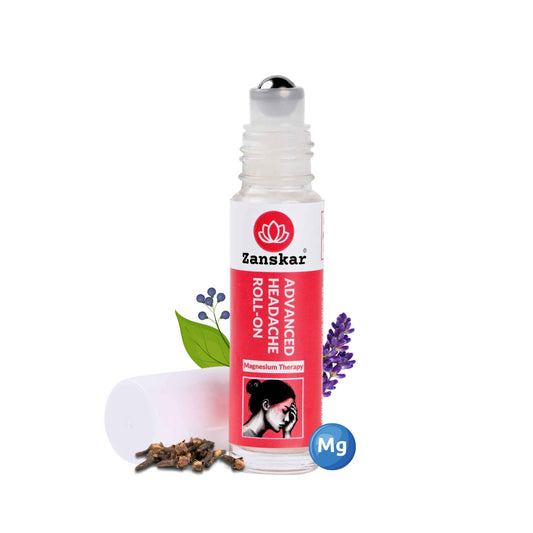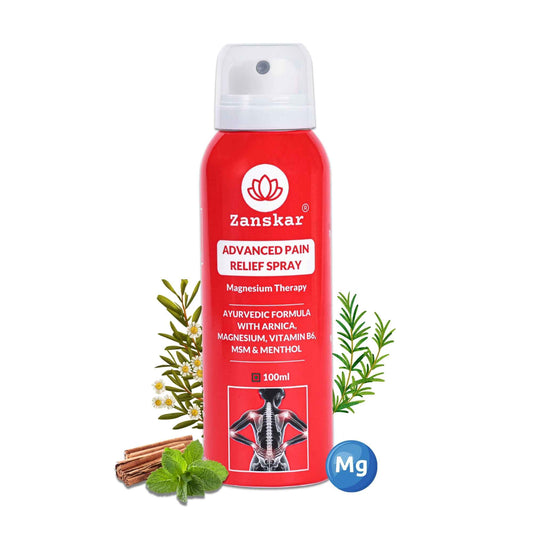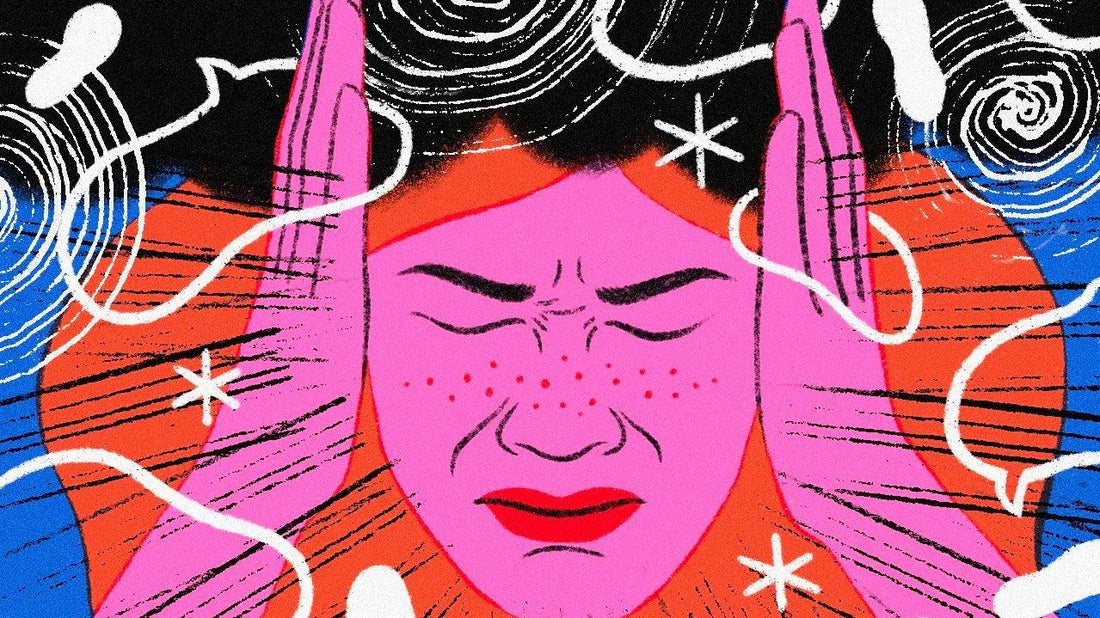
How do you know if you're having a migraine or a headache?
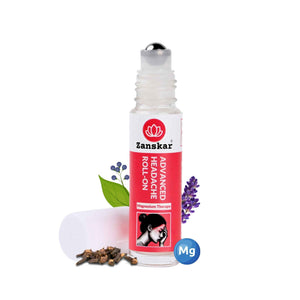
What is a 'migraine with aura'?
There are 2 types of migraine: migraine with aura, and without aura.
It might sound a bit paranormal, but migraine with aura is very real. Some people see flashing lights or a change in their vision; some having trouble speaking, and some feel 'pins and needles' (tingling) in their arms and legs. This can happen before or during a migraine attack.
Even if you get auras, you may not experience one with every migraine. The aura itself usually lasts less than an hour. Scientists aren't entirely sure why it happens.

Tips for dealing with migraines
If you suffer from migraine — or frequent headaches that concern you — you should see a doctor. In the meantime, these tips might help in preventing and treating migraines:
- While you have the headache, rest in a quiet, dark room. Get as much help as possible with any work or personal responsibilities.
- Migraines can be triggered by many things, including certain foods, changes in weather, alcoholic beverages and hormones. Keeping a migraine diary can identify potential triggers and help you and your doctor make a plan to prevent and treat future migraines.
- Stress is known to be a trigger for migraines. You can talk to your doctor or Zanskar Pain experts about relaxation techniques that may help manage stress. Similarly, cognitive behavioural therapy (CBT) is a psychological therapy that teaches a person to identify and challenge thoughts that lead to stress.
- Unless your doctor advises you to, don't take oral pain relief medicines for migraines. These medicines can make nausea and vomiting worse, and can be addictive. You can try topical ointments instead.
Migraines can force a person to miss important social, work and family commitments. Unless they understand what it's like to experience a migraine, your loved ones can become frustrated or resentful. If you suffer from migraines, try to educate others on how severe the symptoms of migraine can be.
Learn more about Zanskar Health
If you have joint or muscle pain that makes it hard to move, Zanskar offers the most advanced full stack pain relief solutions for you.
Now available to purchase, Zanskar® Advanced Pain Healing Cream has a unique formulation of natural ingredients like Arnica, Vitamin B6, MSM and Capsaicin, which is trusted by over 20L+ pain sufferers globally. It provides lasting relief from muscle and joint discomfort that you can feel good about. Get your fix before stocks run out - buy now.
You can also gain access to therapeutic exercises and stretches for your condition by downloading the Zanskar Health physiotherapy mobile app. Additionally, you’ll have a personal care team to guide, support, and tailor our program to you, including behavioral and nutritional coaching.
Download our mobile app here 👉 download and track your exercise streak.
Medical Review: This article is written by Dr Nishtha Mittal (Senior Health Content Editor at Zanskar Health) and has been medically reviewed by the medical team at Zanskar Health. This article and its contents are provided for educational and informational purposes only and do not constitute medical advice or professional services specific to you or your medical condition.




